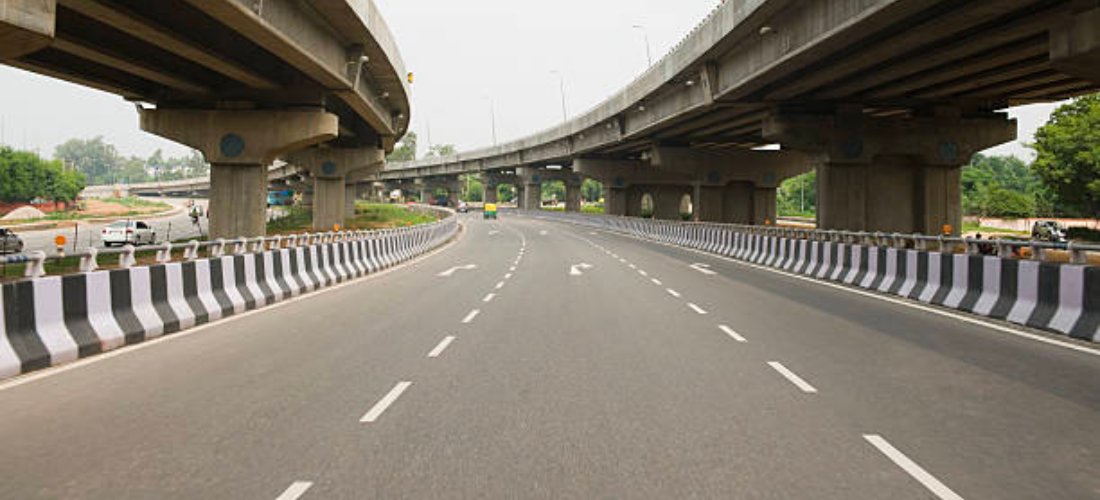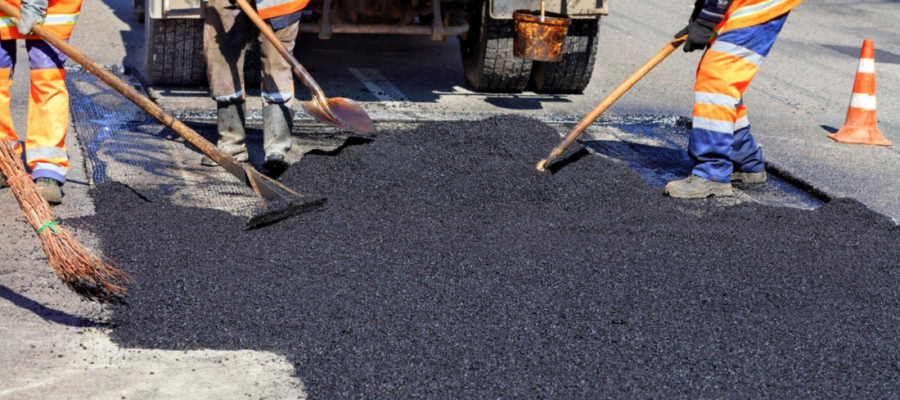
Microsurfacing has been used as a surface treatment since the 1970s. It is commonly used as a high friction surface treatment on roads, streets, and highways to protect existing asphalt, extend the life of roads, streets, and highways, and decrease total maintenance costs.
Bottom line, it’s a type of pavement preservation that an increasing number of decision-makers involved in the maintenance and construction of highways, roadways, neighborhood streets, and airport runways are employing to dramatically extend the life of their pavement, saving money in the long run while also improving overall safety.
Microsurfacing technology for road repair can be utilized on pavements that have the following issues:
- Raveling
- Skid resistance has been lost.
- Oxidation
- Permeability of the surface
- Rust injury
The most typical use of microsurfacing in road repair is a full-width wearing surface. It is usually a single-course technique that adds roughly 3/8′′ to the current surface. A double course can also be used to provide an even more durable wearing surface. In any case, no changes to manholes, inlets, or the like are required. Surface texture and overall wearability can be affected by different aggregate gradations.
Cost Benefits
There are also cost reductions that can be gained. Rather than spending a huge amount on major rehabilitation, you spend an economical budget on distress repair. Spend for two microsurfacing treatments for road repair spread out over several years, and for minor rehabilitation many years later, lowering your total cost and leading to huge savings in budget.
When to do microsurfacing?
Microsurfacing technology for road repair is often used on an as-needed, project-specific basis. Location, weather, traffic loads, and pavement conditions are all considered while deciding whether or not to utilize microsurfacing. Roadways chosen for microsurfacing treatment often have mild to moderate distress, no rutting, and generally tiny fracture widths, and a microsurfacing treatment would assist extend the pavement life until resurfacing is required. Roadways selected for cyclical microsurfacing would normally be treated every five to seven years.
How do you benefit from Microsurfacing for road repair?
Implementing a proactive pavement preservation plan that includes crack sealing, minor patching, and microsurfacing technology for road repair can prolong the total life of the surface by up to 45 years. When compared to undertaking substantial surface rehabilitation, which extends the surface’s life by around 22 years, you’re gaining an additional 20+ years of service.
Microsurfacing, when installed, seals the asphalt beneath, restores friction, stops water from entering the base, inhibits additional oxidation, and offers a wearing surface that should last 7 to 10 years. Another surface coat of microsurfacing can be done if necessary.
About Bedrock Infra:
Bedrock is a leading supplier of Micro surfacing emulsion in Maharashtra, offering high-quality preventative maintenance solutions. As one of the most dependable Micro surfacing emulsion suppliers in Maharashtra, our team is dedicated to providing you with high-quality micro surfacing emulsion for road repair.
- August 4, 2022
- By: admin
- Category:Uncategorized
- no comments
- Tags: Bitumen emulsion manufacturers in MaharashtraMicrosurfacing technology
Related Posts

- April 11, 2024
- By: admin
- in: Uncategorized



